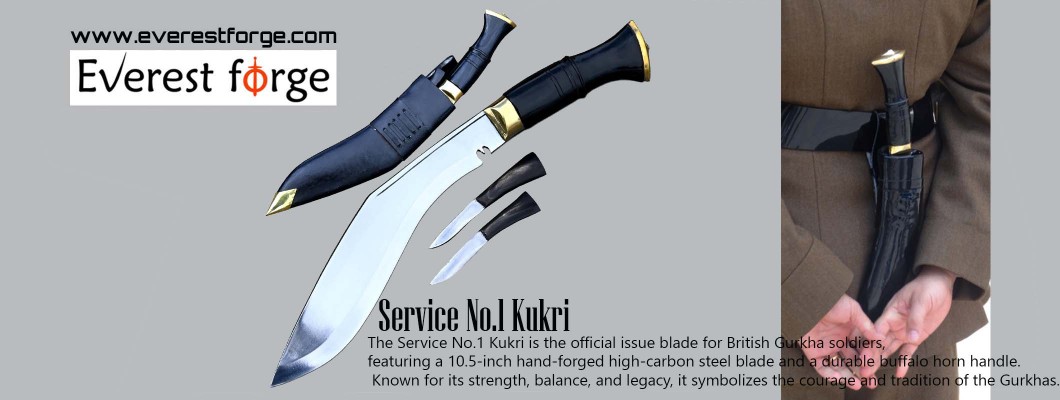
The Fearless Legacy of the Gurkhas and Their Iconic Kukri
Among the most feared and respected soldiers in the world are the Gurkhas—brave warriors from the hills of Nepal who have served with unmatched loyalty and courage in the British and Indian armies for over two centuries. Their reputation is legendary, and so is their weapon of choice: the kukri knife.
This blog explores the history of the Gurkhas, their enduring legacy, and the symbolic power of the Service No.1 Kukri, the official blade issued to British Gurkha soldiers. At Everest Forge, we honor this legacy by hand-forging authentic kukris that reflect the same craftsmanship, tradition, and functionality that defined the Gurkhas.
Who Are the Gurkhas?
The Gurkhas are ethnic soldiers primarily recruited from the hilly regions of Nepal, including ethnic groups like Gurungs, Magars, Rais, and Limbus. Renowned for their loyalty, discipline, and fearless combat skills, Gurkhas have been part of major global military conflicts for over 200 years.
Their motto, “Better to die than be a coward,” speaks volumes about their courage and honor. They are especially known for their close-combat ability and their signature weapon—the kukri.
Origins of the Gurkhas in British Military History
The story of the Gurkhas begins with the Anglo-Nepalese War (1814–1816). Despite being outnumbered and outgunned, the Nepalese fighters showed incredible resistance against the British East India Company. So impressed were the British by the bravery and skill of the Nepalese fighters, they decided to recruit them into their army instead of continuing the fight.
In 1815, the Treaty of Sugauli was signed, and soon after, the British East India Company began officially recruiting Gurkha soldiers. Thus began a partnership that continues to this day, with thousands of Nepalese citizens still serving in British and Indian Gurkha regiments.
The Role of Gurkhas in Global Conflicts
Gurkha soldiers have served in every major war and conflict involving the British Empire:
-
World War I & II: Over 250,000 Gurkhas served, with more than 43,000 killed or wounded.
-
Falklands War
-
Malayan Emergency
-
Sierra Leone
-
Afghanistan and Iraq
They’ve earned over 26 Victoria Crosses, Britain’s highest military honor, and numerous other accolades for bravery and service. Their legacy of courage is not just recorded in medals—it lives in the hearts of fellow soldiers and those they’ve protected.
The Kukri – Blade of the Gurkha Warrior
At the heart of every Gurkha's identity is their trusted weapon—the kukri. It is more than just a knife; it is a symbol of duty, heritage, and survival. The kukri is used in battle, ceremonial parades, training, and even in everyday village life in Nepal.
The most iconic version is the Service No.1 Kukri, officially issued to each Gurkha soldier upon enlistment. It is a mark of becoming a warrior, often kept for life as a reminder of service and sacrifice.
Design and Functionality of the Service No.1 Kukri
The Service No.1 Kukri is a no-nonsense combat blade designed for both functionality and tradition. Hand-forged by expert bladesmiths, this kukri is made using 5160 high-carbon spring steel, which offers superb strength and edge retention.
Key Features:
-
10.5-inch polished, hand-forged blade: Ideal for combat and bush craft use.
-
5-inch buffalo horn handle: Durable and provides a secure grip.
-
Includes Chakmak & Karda: Sharpening tool and utility blade for field use.
-
Cotton-covered buffalo leather scabbard: Traditional and protective.
Unlike decorative kukris, the Service No.1 Kukri is a battle-ready blade, built for real-world use in combat, survival, and ceremonial duties.
Cultural Importance of the Kukri in Nepal
In Nepal, the kukri is not just a military weapon—it is a part of daily life. It’s used in farming, rituals, sacrifices, and family protection. Many households own at least one kukri passed down through generations. Its curved blade, unique shape, and rich symbolism make it an important piece of Nepali identity.
For the Gurkha, the kukri represents:
-
Loyalty to one’s regiment and country
-
Readiness for battle and self-defense
-
Spiritual connection to ancestry and tradition
Why Choose Everest Forge for Your Authentic Kukri?
At Everest Forge, we understand the legacy behind every kukri. Our blades are not mass-produced. Each one is hand-forged in Nepal by skilled craftsmen who belong to blacksmith families that have passed down the art of kukri making for generations.
By purchasing a kukri from us, you are supporting:
-
Traditional Nepali craftsmanship
-
Functional quality tested through generations
-
The future of blacksmith families through our “Forging the Future” initiative, which donates a portion of each sale to the education of blacksmiths’ children
Conclusion: The Living Legend of the Gurkhas and Their Blade
The story of the Gurkhas and their kukris is a tale of courage, sacrifice, and unbreakable spirit. From the hills of Nepal to the battlefields of Europe and beyond, the Gurkhas have left an indelible mark on military history.
Their weapon—the kukri—is a living extension of their bravery. Owning a Service No.1 Kukri from Everest Forge is more than just owning a knife. It's about carrying a piece of history, tradition, and craftsmanship in your hands.



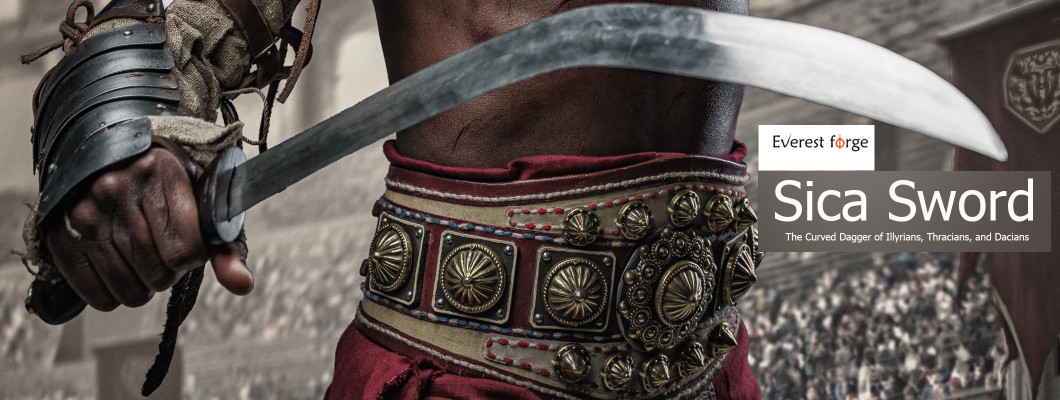

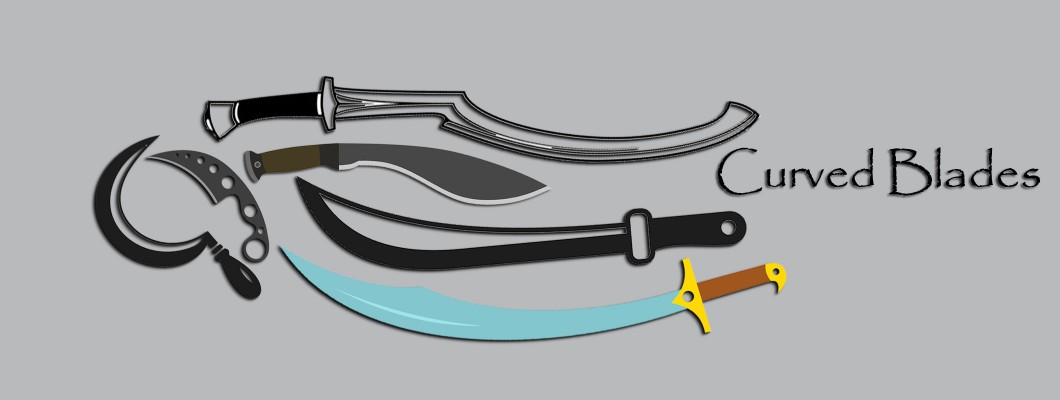
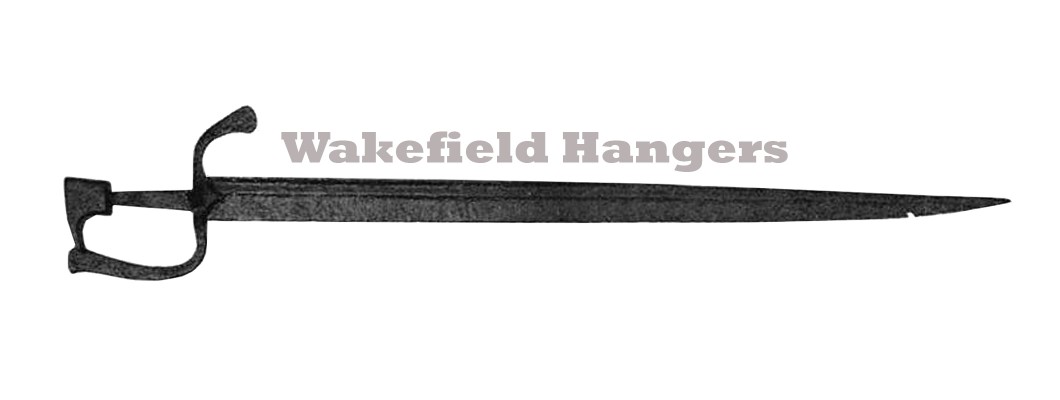
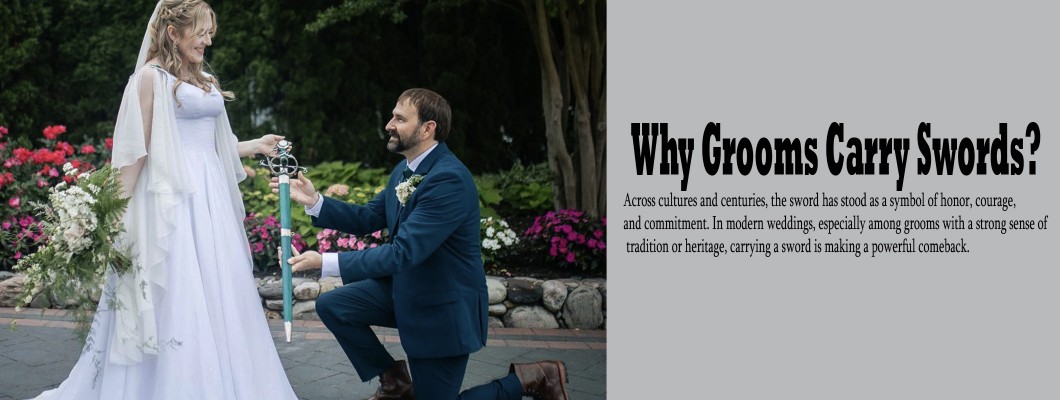
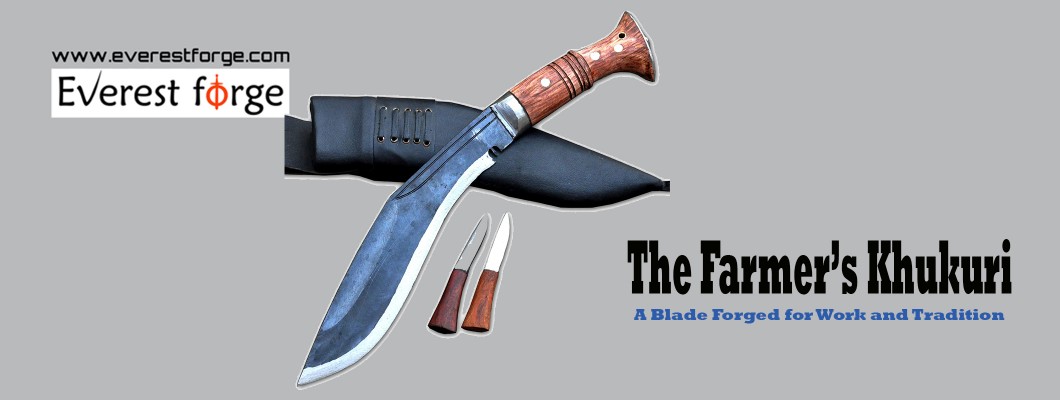
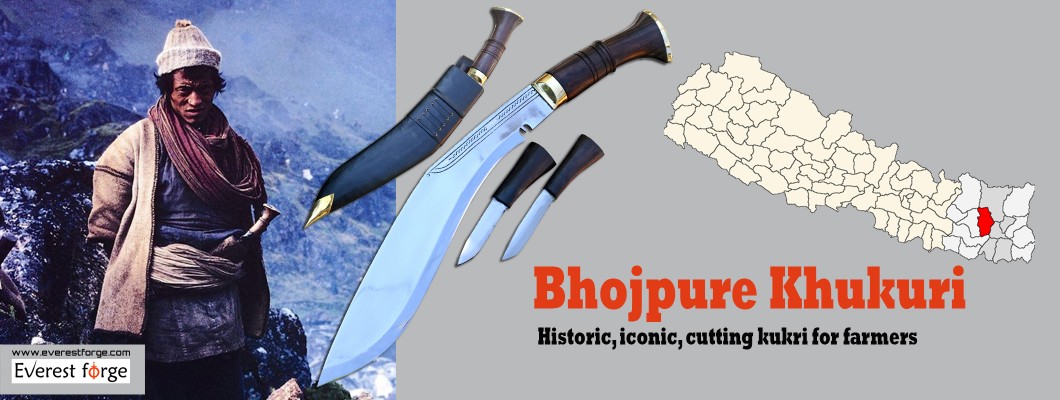
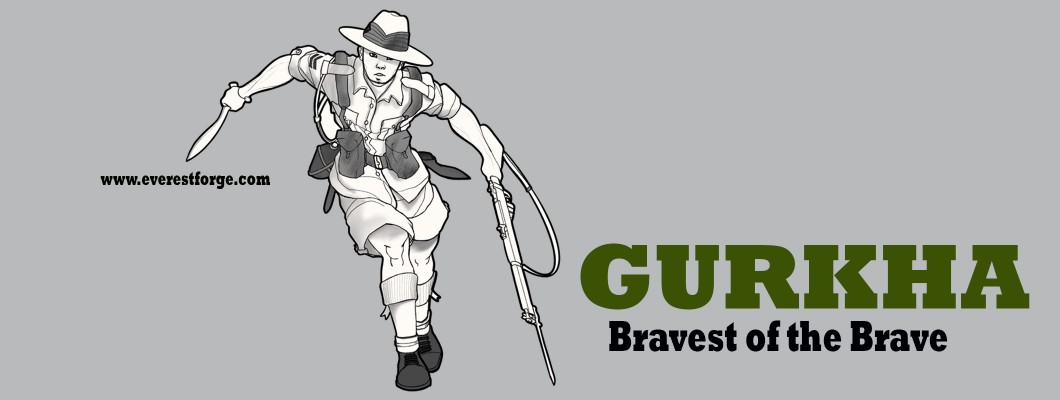
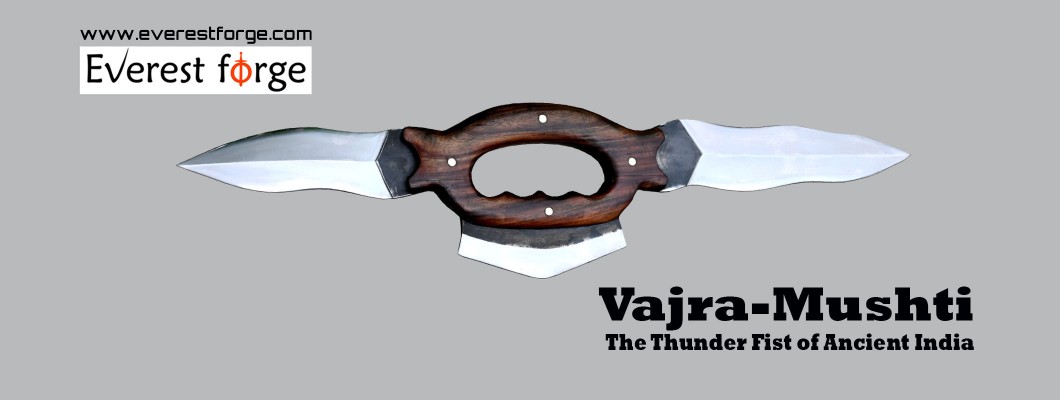
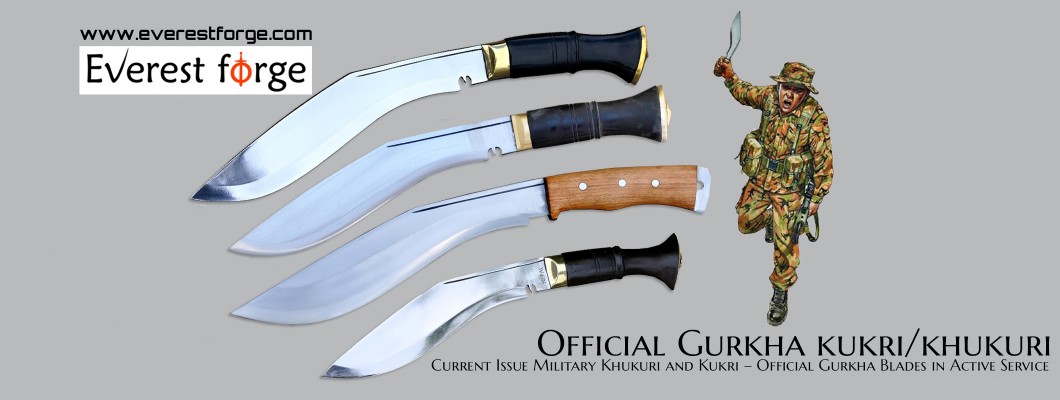
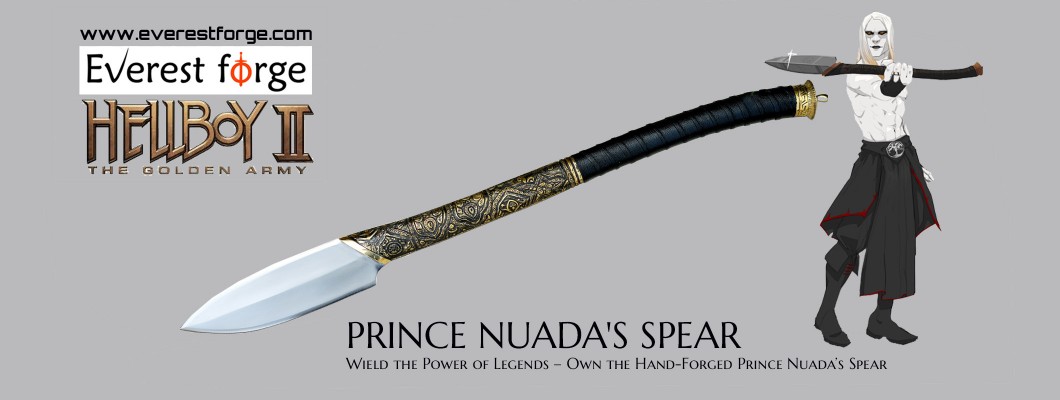

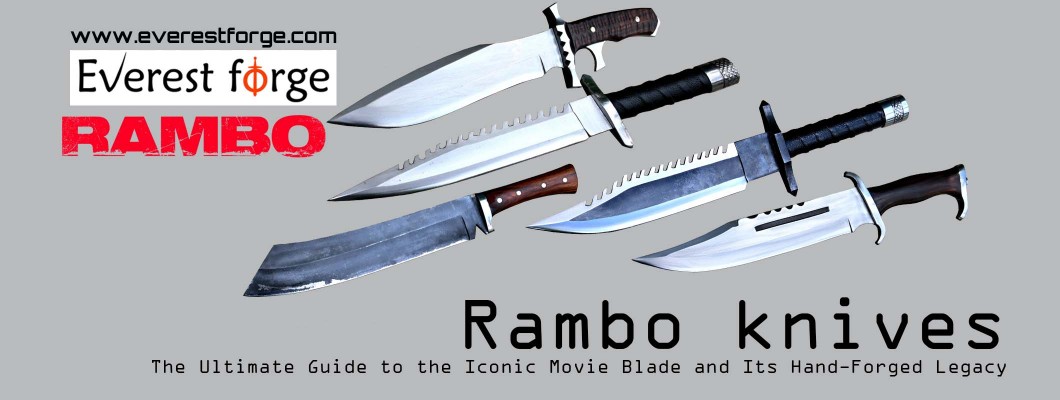





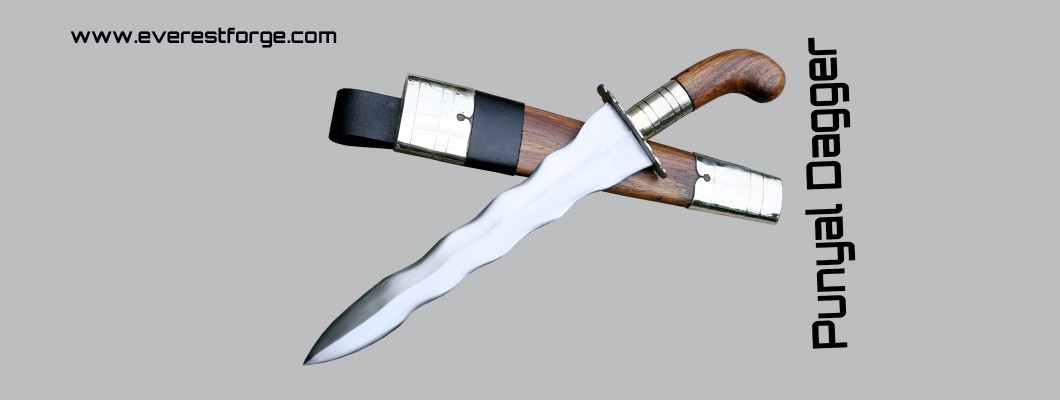
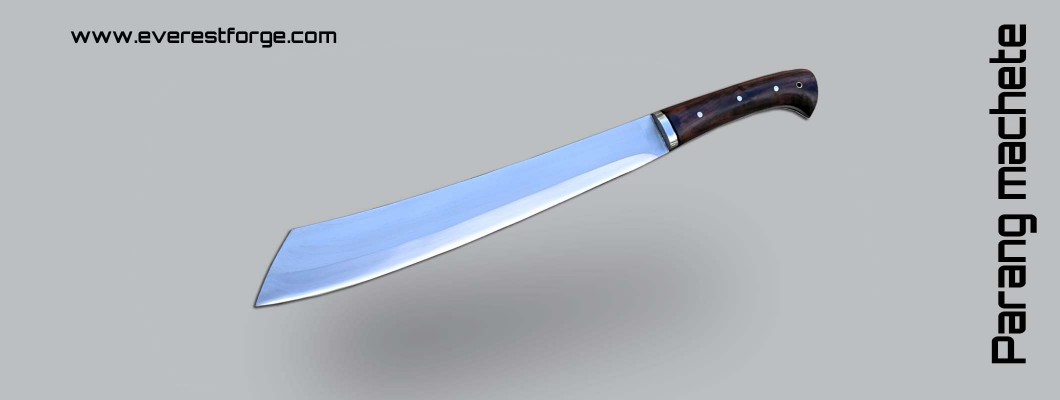
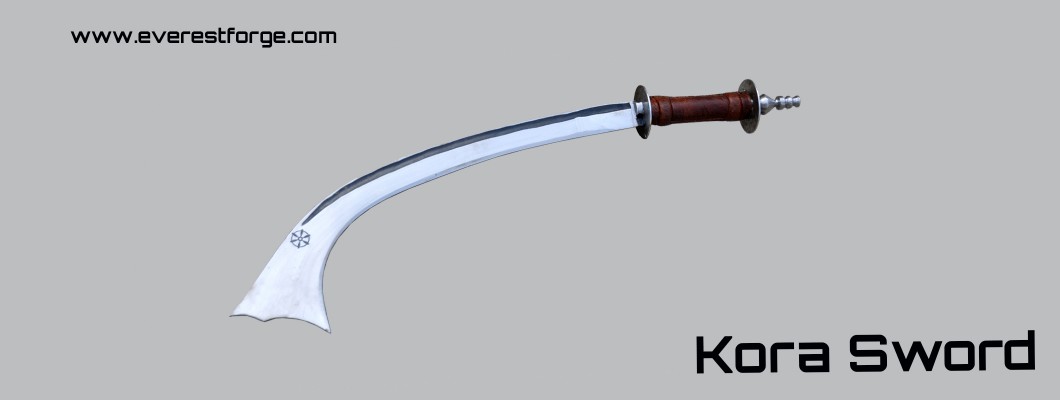
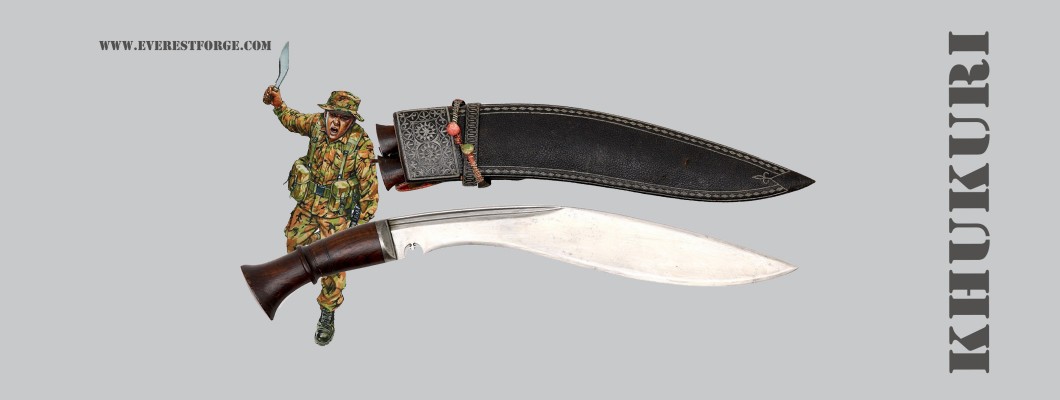
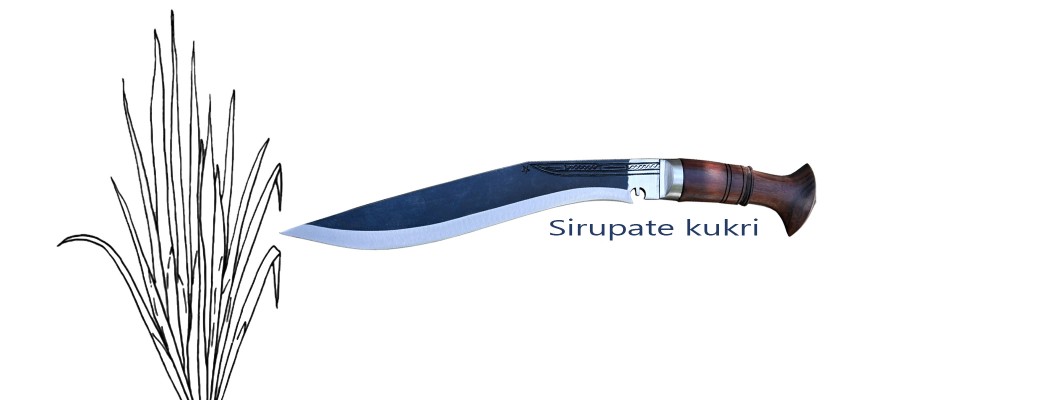
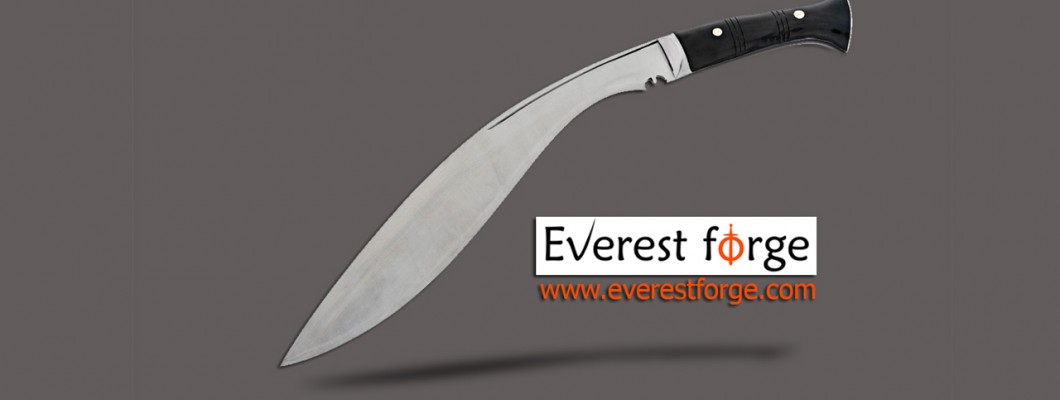
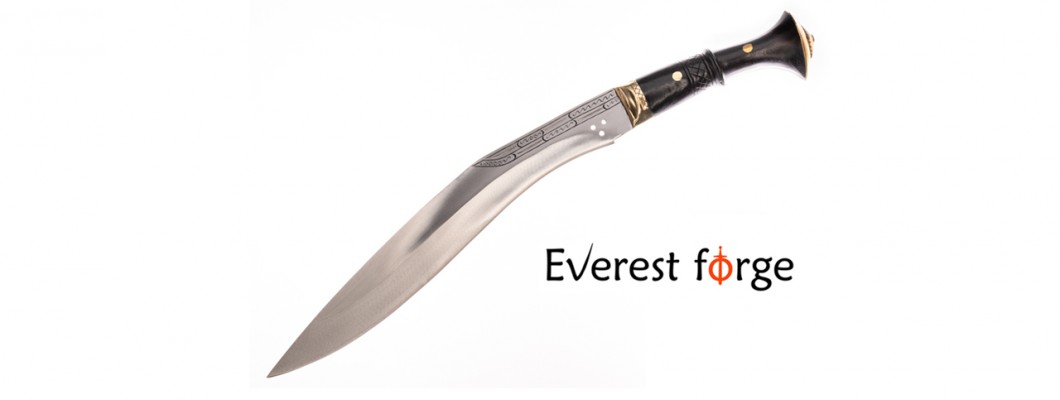
Leave a Comment